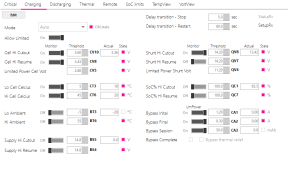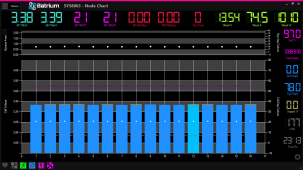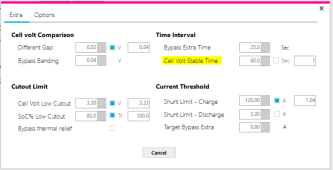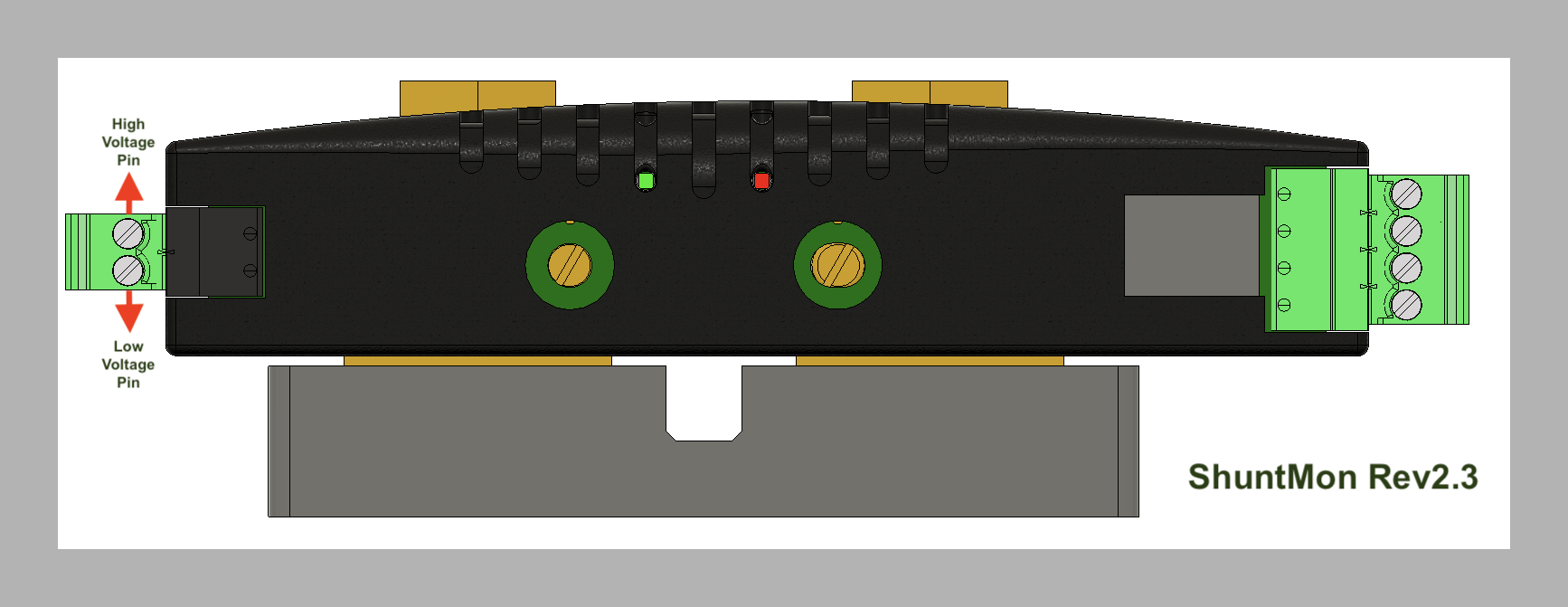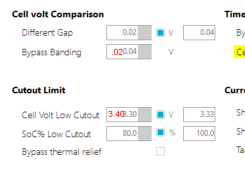Firstascent
Solar Enthusiast
- Joined
- Mar 7, 2020
- Messages
- 265
Hey all,
Looking for a little input and opinion on some charging settings including the option for ramping current.
After what seems like forever, I've officially connected my eve 280ah cells to my MultiPlus II 2x120 Inverter in my RV. Now that everything is connected and doing its first official full charge I wanted to revisit my thoughts on some settings and get your input.
First off I have the Batrium BMS controlling all the Victron equipment (DVCC) and everything is connected and commicating properly via CANbus.
The attached screenshots are the various settings "currently configured", some high level settings are
1. 14.2V = 100%
2. individual cell will auto balance/bypass at 3.55v
3. I have the "option" to set a ramped current so that as the SoC increases I can lower the current. Of course this can also be turned off and be fixed.
a. 120a max current (max setting in MultiPlus)
b. The 82, 84, 87, and 90% settings are all user configurable including the percentages, the values in there are just random numbers I entered in initially.
Open to any suggestions as you know there are a ton of settings if you've ever dealt with Batrium
p.s. I will say that currently it looks like everything is charging up nice and evenly! When I first got the cells probably almost 2 years ago I hooked them up all up parallel and did an initial top balance. then the batteries sat forever. so this is a good sign the cells are healthy (last screenshot from a few min ago.)
Looking for a little input and opinion on some charging settings including the option for ramping current.
After what seems like forever, I've officially connected my eve 280ah cells to my MultiPlus II 2x120 Inverter in my RV. Now that everything is connected and doing its first official full charge I wanted to revisit my thoughts on some settings and get your input.
First off I have the Batrium BMS controlling all the Victron equipment (DVCC) and everything is connected and commicating properly via CANbus.
The attached screenshots are the various settings "currently configured", some high level settings are
1. 14.2V = 100%
2. individual cell will auto balance/bypass at 3.55v
3. I have the "option" to set a ramped current so that as the SoC increases I can lower the current. Of course this can also be turned off and be fixed.
a. 120a max current (max setting in MultiPlus)
b. The 82, 84, 87, and 90% settings are all user configurable including the percentages, the values in there are just random numbers I entered in initially.
Open to any suggestions as you know there are a ton of settings if you've ever dealt with Batrium
p.s. I will say that currently it looks like everything is charging up nice and evenly! When I first got the cells probably almost 2 years ago I hooked them up all up parallel and did an initial top balance. then the batteries sat forever. so this is a good sign the cells are healthy (last screenshot from a few min ago.)
Attachments
Last edited:



